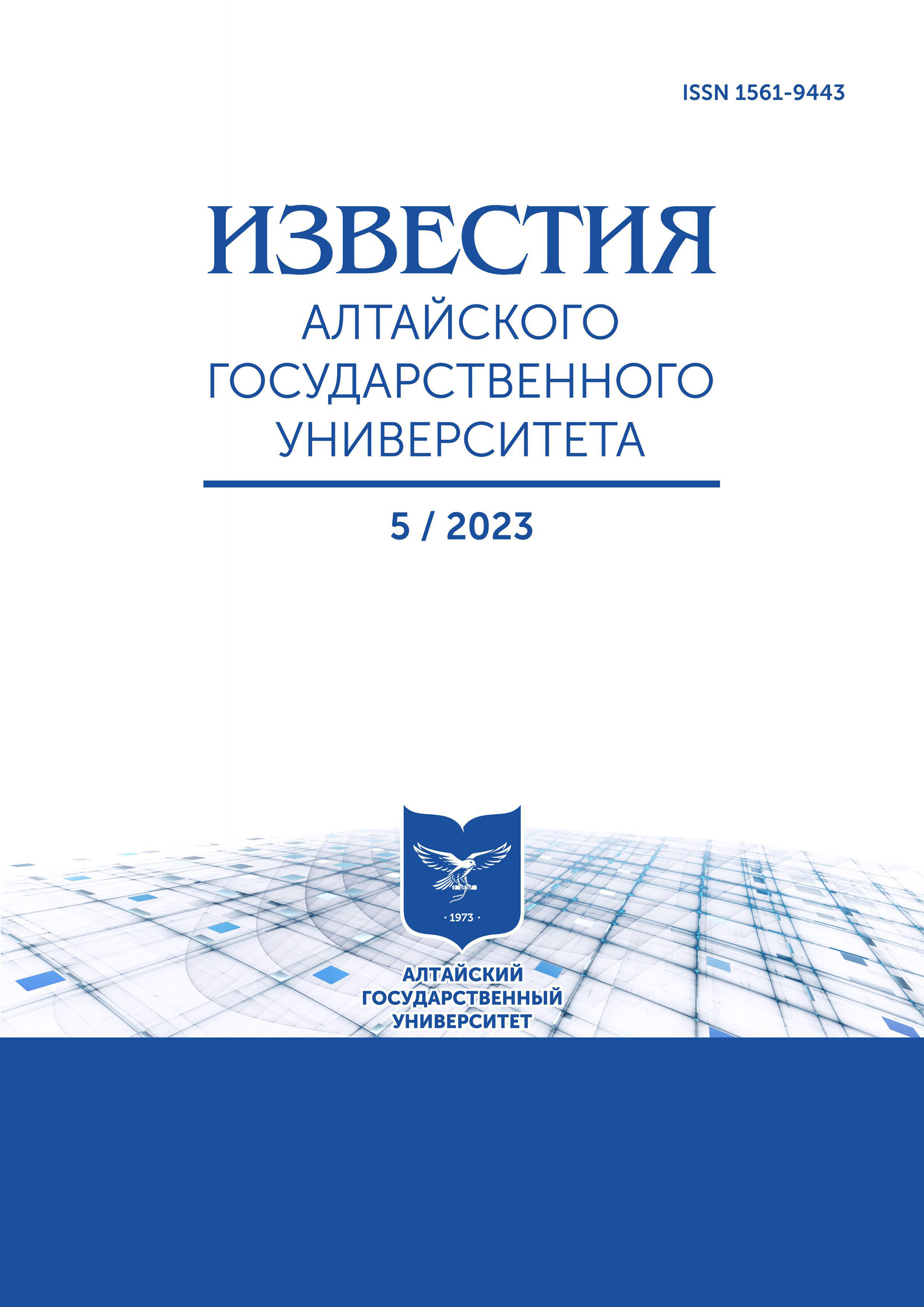History of the Study of Chinese Traditional Architecture in the 20th Century : Specificity of Tang Dynasty Cult Objects
УДК 94(510):72.03(510) ББК 63.3(5Кит)6 + 85.113(5Кит)
Abstract
The relevance of the study is conditioned by the need to study Chinese religious buildings in order to identify the specifics of the construction of temple complexes, to reveal the features inherent in ancient temple buildings. The experience of studying temple complexes of the Tang dynasty in the context of historical research in China in the 20th century is analyzed. The monument of Buddhist Tang architecture — Foguang temple is considered. The socio-economic situation in China in the 20th century formed special conditions for the development of institutes, faculties for the study of temple building. The process of adaptation of architects to the new conditions after the Cultural Revolution was not unequivocal, as most of the temple buildings were destroyed. Only a small part of China's history remained imprinted in cult architecture, which had to be studied. As a result of historical research, new sources appear, and previously unstudied temples are introduced into scientific circulation. Among the Chinese architects of the 20th century were real connoisseurs of Chinese culture, who collected unique objects of ancient architecture, which became part of the world cultural heritage. It is concluded that in each historical epoch of temple building had its own distinctive features; temple architecture became a standard of power and might of emperors of this or that period, allowing us today to judge the achievements and knowledge of ancient architects.
Downloads
Metrics
References
История Китая: учебник. 2-e изд., испр. и доп. М., 2002.
Китайская Народная Республика: политика, экономика, культура. 2014-2015. М., 2016.
Куликов Б.Н. Архитектура и строительство Китая // Архитектура и строительство Ленинграда. 1956. № 2.
Фиджеральд С.П. Китай. Краткая история культуры. СПб., 1998.
Xiao Mo. Chinese Architecture. Beijing, 1999.
Лоу Цинси. Двадцать лекций по древней архитектуре Китая. М., 2010.
Чжу Чан-чжун. Характерные черты китайской архитектуры // Архитектура СССР. 1955. № 8.
Кривцов В.А. Эстетика даосизма. М., 1993.
Yanxin C. Chinese Architecture: Palaces, Gardens, Temples and Dwellings. Beijing. 2010.
Лян Сы-чэн. Великие традиции и наследство архитектуры Китая // Архитектура в СССР. 1953. № 7.
图解中国著名佛教寺院/张权寰著. — 北京: 当代中国出版社, 2012 (Чжан Цюаньхуан.Знаменитые буддийские монастыри. Пекин, 2012).
Лоу Цинси. Традиционная архитектура Китая. Пекин, 2002.
Чун Яту. Секрет «устойчивости в течение тысячелетий» — традиционная китайская архитектура // Китай. 2013. № 11(97).
清式营造则例 / 梁思成著. — 北京: 清华大学出版社. 2006 (Лян Сычэн. Архитектурные правила династии Цин. Пекин, 2006).
Кулемзин А.М. Охрана памятников России (теория, история, методика). Кемерово, 2013.
Copyright (c) 2023 Елена Игоревна Варова , Ринат Махмутович Зиганьшин

This work is licensed under a Creative Commons Attribution 4.0 International License.
Izvestiya of Altai State University is a golden publisher, as we allow self-archiving, but most importantly we are fully transparent about your rights.
Authors may present and discuss their findings ahead of publication: at biological or scientific conferences, on preprint servers, in public databases, and in blogs, wikis, tweets, and other informal communication channels.
Izvestiya of Altai State University allows authors to deposit manuscripts (currently under review or those for intended submission to Izvestiya of Altai State University) in non-commercial, pre-print servers such as ArXiv.
Authors who publish with this journal agree to the following terms:
- Authors retain copyright and grant the journal right of first publication with the work simultaneously licensed under a Creative Commons Attribution License (CC BY 4.0) that allows others to share the work with an acknowledgement of the work's authorship and initial publication in this journal.
- Authors are able to enter into separate, additional contractual arrangements for the non-exclusive distribution of the journal's published version of the work (e.g., post it to an institutional repository or publish it in a book), with an acknowledgement of its initial publication in this journal.
- Authors are permitted and encouraged to post their work online (e.g., in institutional repositories or on their website) prior to and during the submission process, as it can lead to productive exchanges, as well as earlier and greater citation of published work (See The Effect of Open Access).








